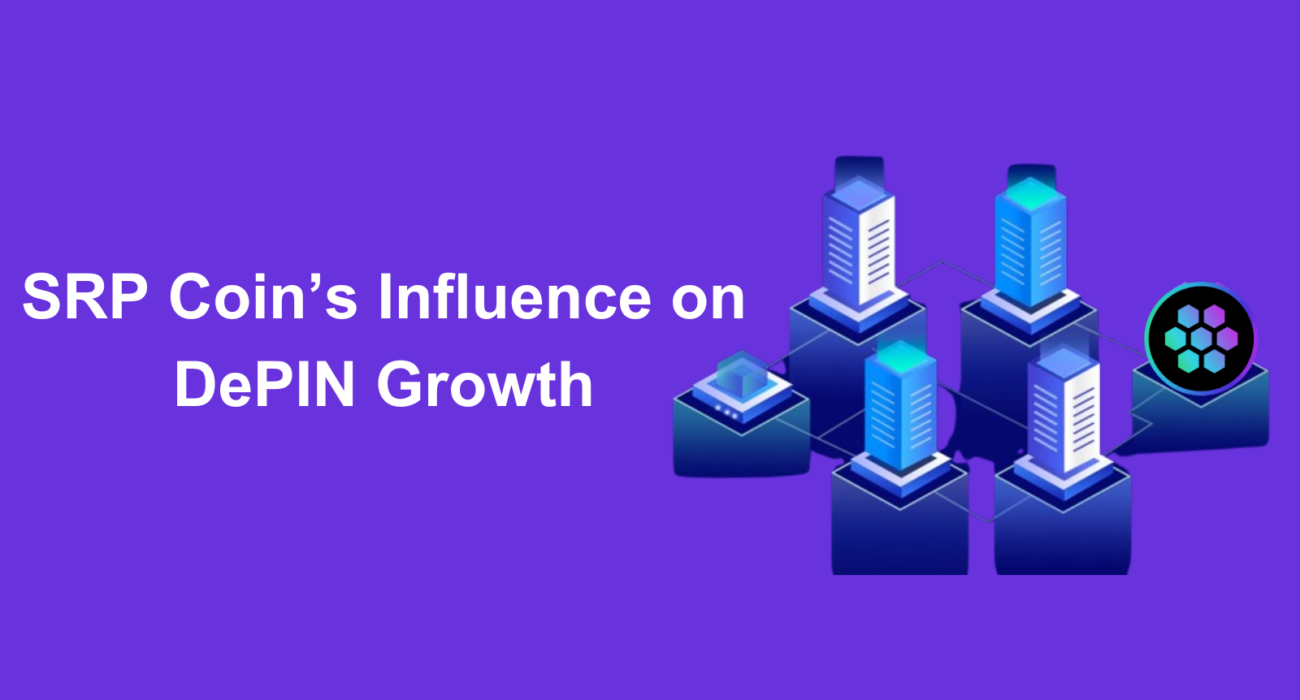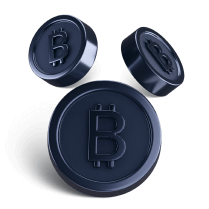As the world continues to embrace decentralization, the role of cryptocurrencies in advancing decentralized infrastructures is becoming more evident. Among the projects leading this charge is SRP Coin, a digital asset that’s gaining attention for its critical contributions to DePIN (Decentralized Physical Infrastructure Networks). SRP Coin’s influence on DePIN growth is a subject worth exploring, as it highlights how decentralized financial tools can power the development of decentralized networks and infrastructure. This blog delves into the various aspects of how SRP Coin is playing a pivotal role in DePIN’s expansion and its future potential.
What is SRP Coin?
Before diving into SRP Coin’s influence on DePIN growth, it’s essential to understand the core aspects of SRP Coin itself. SRP Coin is a cryptocurrency designed to secure decentralized networks by offering enhanced security, privacy, and governance features. Built with an emphasis on decentralized infrastructure, SRP Coin aims to create a secure and scalable ecosystem for digital transactions.
Key Features of SRP Coin
- Security: SRP Coin uses cutting-edge encryption and blockchain technologies to ensure the safety of user data and transactions.
- Decentralization: It empowers a decentralized community where decisions are made collectively, reinforcing the principles of Web 3.0.
- Scalability: SRP Coin’s architecture supports the expansion of decentralized networks, making it an ideal fit for projects like DePIN.
These core features set SRP Coin apart and make it a critical player in the advancement of decentralized systems.
Understanding DePIN: A Quick Recap
DePIN, or Decentralized Physical Infrastructure Networks, is a relatively new concept in the world of blockchain and decentralized technology. It represents a network of physical assets—like storage systems or IoT devices—controlled and managed in a decentralized manner using blockchain. The idea behind DePIN is to eliminate centralized control over physical infrastructure and distribute it among a community of users and operators.
Key Benefits of DePIN:
- Scalability: DePIN allows physical infrastructure to scale rapidly by leveraging a decentralized, community-driven approach.
- Security: By decentralizing control, DePIN reduces the risk of single points of failure, enhancing the overall security of the system.
- Privacy: DePIN promotes user privacy by limiting the amount of personal data collected and stored by centralized authorities.
How SRP Coin Powers DePIN Growth
Now that we have a clear understanding of both SRP Coin and DePIN, let’s explore how SRP Coin’s influence on DePIN growth plays out in real-world applications. SRP Coin serves as the financial backbone of the DePIN ecosystem, facilitating transactions, ensuring security, and incentivizing network participation. Here are some ways SRP Coin drives DePIN growth:
1. Enhancing Decentralized Governance
In any decentralized system, governance is key. SRP Coin empowers DePIN by supporting a decentralized governance model where decisions are made by the community. Token holders of SRP Coin can participate in voting processes that influence the direction of DePIN development. This ensures that the growth of DePIN is in line with the community’s needs and interests, leading to more organic and sustainable development.
2. Improving Transaction Efficiency
One of the primary roles of SRP Coin in the DePIN ecosystem is to facilitate smooth and efficient transactions. Whether it’s paying for infrastructure usage or transferring value across the network, SRP Coin ensures low fees and fast processing times. This improves the user experience and makes DePIN more attractive for businesses and users alike.
3. Supporting Interoperability in DePIN
Interoperability is a critical component for any decentralized network, and SRP Coin’s influence on DePIN growth can be seen in how it enables different decentralized infrastructure networks to work together. SRP Coin’s technology ensures seamless communication between various nodes and decentralized systems, allowing DePIN to expand its ecosystem without compromising on security or efficiency.
Economic Incentives: SRP Coin’s Role in DePIN Adoption
Economic incentives play a major role in SRP Coin’s influence on DePIN growth. By rewarding users and operators within the DePIN ecosystem, SRP Coin creates a self-sustaining model for growth.
1. Incentivizing Node Operators
In a decentralized physical network like DePIN, node operators are essential for maintaining the infrastructure. SRP Coin incentivizes these operators by providing them with rewards for their contribution. These rewards encourage more people to participate, ultimately leading to the growth of DePIN as a decentralized infrastructure.
2. User Incentives for Participation
SRP Coin also incentivizes users who engage with the network. Whether they are contributing data, resources, or participating in governance, users are rewarded in SRP Coin for their efforts. This active participation is crucial for expanding DePIN’s network and ensuring its long-term success.
3. Stimulating Developer Interest
Developers are essential to building applications and services that run on DePIN. SRP Coin provides economic incentives for developers to create decentralized apps (dApps) that leverage DePIN’s infrastructure. This stimulates innovation and broadens the use cases for both SRP Coin and DePIN, further fueling growth.
Security Enhancement: Strengthening DePIN with SRP Coin
Security is one of the most critical aspects of any decentralized network. SRP Coin’s influence on DePIN growth is particularly evident in how it bolsters the network’s security infrastructure.
1. Ensuring Secure Transactions
By using blockchain technology, SRP Coin ensures that all transactions within the DePIN ecosystem are transparent and secure. This reduces the risk of fraud, hacking, and other security threats, making DePIN a safer option for businesses and individuals who need reliable decentralized infrastructure.
2. Safeguarding Data Storage
DePIN’s decentralized storage solutions rely on SRP Coin for security. By decentralizing data across multiple nodes, SRP Coin helps to ensure that sensitive information is protected from breaches, offering a level of security that centralized systems struggle to match.
3. Protecting Against Network Attacks
The decentralized nature of SRP Coin makes it resistant to network attacks. By distributing control across many nodes, DePIN becomes less vulnerable to Distributed Denial of Service (DDoS) attacks or other forms of disruption, further enhancing the reliability of the network.
Challenges and Opportunities
While SRP Coin’s influence on DePIN growth is undeniable, there are challenges that need to be addressed for this partnership to reach its full potential.
1. Scalability Issues
As DePIN grows, ensuring that SRP Coin can scale alongside it will be critical. Developing solutions that allow both the coin and the network to handle more transactions and participants will be a key focus in the future.
2. Regulatory Hurdles
The regulatory landscape for cryptocurrencies remains uncertain in many parts of the world. SRP Coin will need to navigate this landscape carefully to ensure its continued growth alongside DePIN.
3. Expanding Use Cases
While SRP Coin is already proving its worth in several industries, expanding its use cases will be essential for continued growth. By developing new partnerships and applications, SRP Coin can further drive DePIN’s adoption.
Conclusion
In conclusion, SRP Coin’s influence on DePIN growth is significant and multifaceted. From powering decentralized governance to ensuring security and incentivizing participation, SRP Coin is a key driver of DePIN’s success. As these two technologies continue to evolve, their partnership will play a pivotal role in shaping the future of decentralized infrastructure. The potential for SRP Coin to further enhance DePIN’s capabilities is vast, and the future looks bright for this dynamic duo.
Stay tuned for more developments as SRP Coin and DePIN continue to revolutionize the world of decentralized networks and infrastructure.

 China
China Russia
Russia India
India









